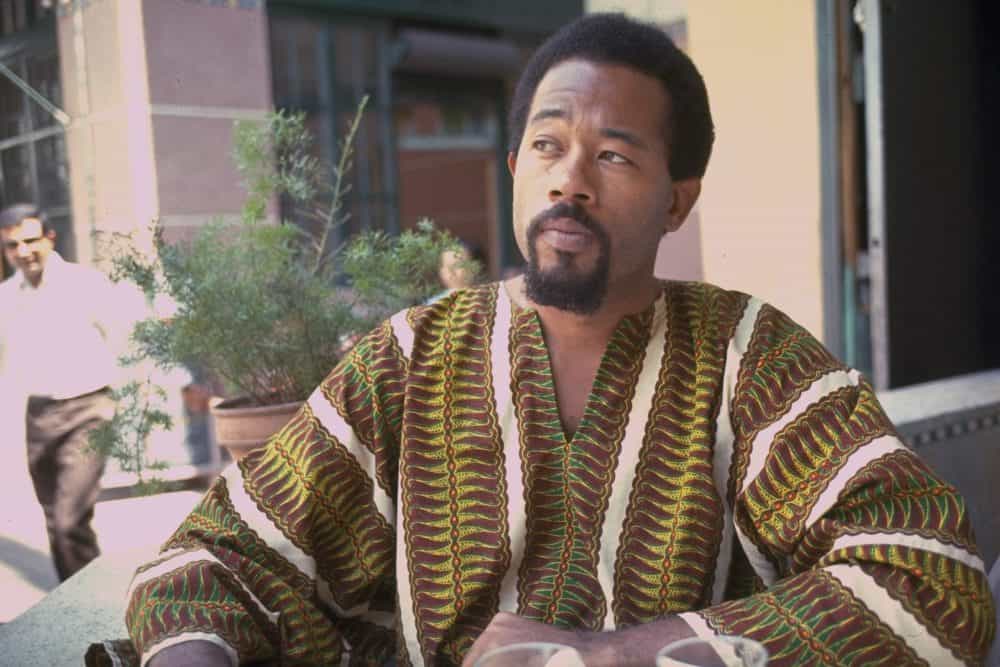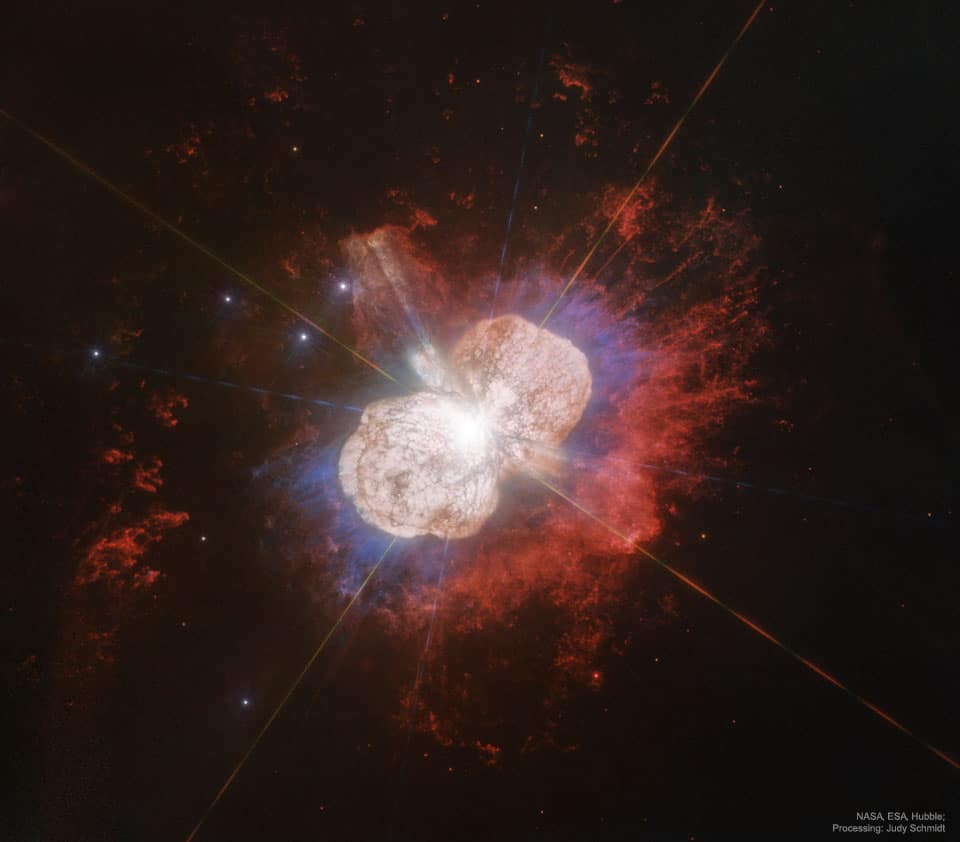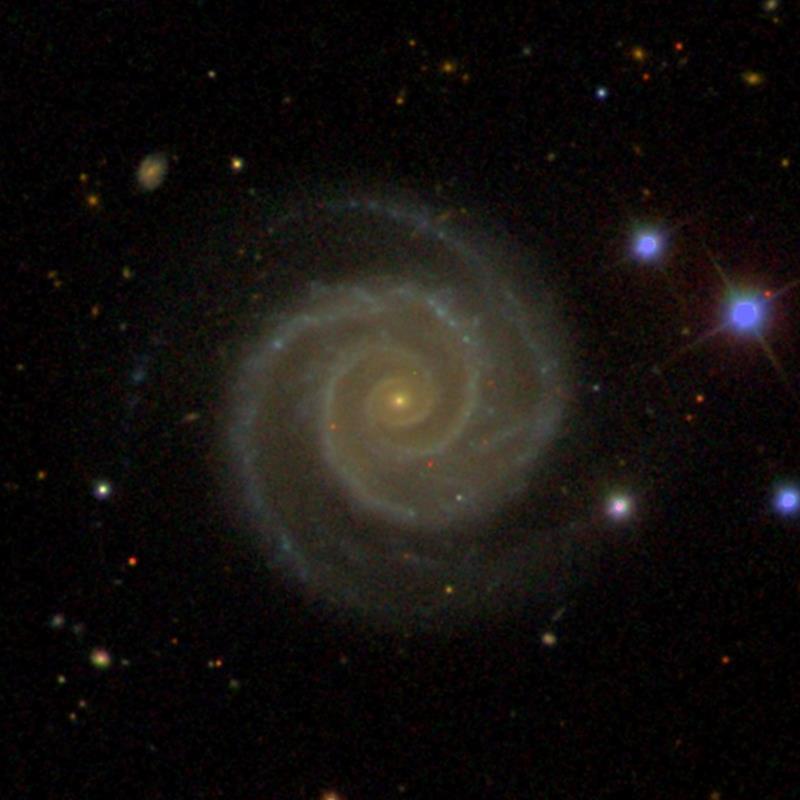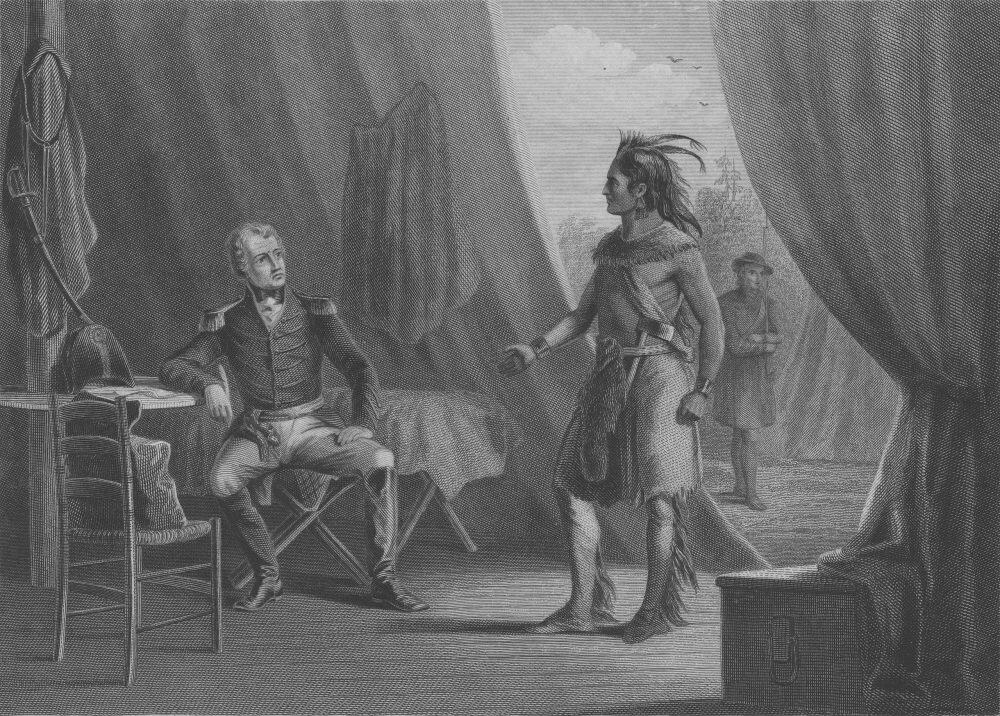Blog
Eta Carinae may be about to explode. But no one knows when – it may be next year, it may be one million years from now. Eta Carinae‘s mass – about 100 times greater than our Sun – makes it an excellent candidate for a full blown supernova. Historical records do show that about 170 years ago Eta Carinae underwent an unusual outburst that made it one of the brightest stars in the southern sky. Eta Carinae, in the Keyhole Nebula, is the only star currently thought to emit natural LASER light. This featured image brings out details in the unusual nebula that surrounds this rogue star. Diffraction spikes, caused by the telescope, are visible as bright multi-colored streaks emanating from Eta Carinae’s center. Two distinct lobes of the Homunculus Nebula encompass the hot central region, while some strange radial streaks are visible in red extending toward the image right. The lobes are filled with lanes of gas and dust which absorb the blue and ultraviolet light emitted near the center. The streaks, however, remain unexplained.
more...Leroy Jones (born February 20, 1958) is a jazz trumpeter from New Orleans, Louisiana. Jones began playing trumpet at the age of ten, and by the time he was 12 was leading the Fairview Baptist Church Marching Band, a group of young musicians organized by guitar– and banjo-player Danny Barker. When the musicians’ union forced Barker to disband the group in 1974, Jones became a union musician and took over the running of the group, renamed the Hurricane Brass Band, himself. In 1975 or 1976 he left the group, touring for a time with Eddie Vinson and Della Reese before forming his own group, the Leroy Jones Quintet. In 1991 Jones joined the big band of Harry Connick, Jr., and the exposure with Connick’s band (including the opportunity for the Leroy Jones Quintet to open for Connick, which they did in 1994), led to Jones’ releasing his first album under his own name; Mo’ Cream From The Crop came out on the Columbia Records label in 1994. The Leroy Jones Quintet continues to tour and record, and since 2004 Jones has also appeared with the Preservation Hall Jazz Band and Dr. John.
more...Oscar Marcelo Alemán (February 20, 1909 – October 14, 1980) was an Argentine jazz guitarist, singer, and dancer. He is widely recognized in his country and abroad as one of the best jazz performers, and as an influential artist.
At the age of six, Alemán joined the family ensemble, the Moreira Sextet, and played the cavaquinho, a Brazilian ukulele, before taking up the guitar. The group travelled to Buenos Aires to perform at the Parque Japonés, Nuevo Theater, and at the Luna Park. Later they toured in Brazil.
Alemán was orphaned at age of ten when his mother died and his father committed suicide. He sustained himself by working sporadically as a dancer and musician on the streets of Santos, Brazil. When he saved enough money, he bought a guitar and started to play professionally at party venues in a duo called Los Lobos with his friend, Brazilian guitarist Gastón Bueno Lobo. The duo moved to Buenos Aires in 1925 to work under contract for the comedian Pablo Palitos. In Buenos Aires, they formed a trio with violinist Elvino Vardaro. They added tango to their repertoire and recorded with Agustín Magaldi. They later played with Carlos Gardel and Enrique Santos Discépolo.
more...“There is a higher law than the law of government. That’s the law of conscience.” Stokely Carmichael
more...NGC 2857 (also known as Arp 1 and PGC 26666) is a spiral galaxy in the constellation Ursa Major. It was discovered on January 9, 1856 by R. J. Mitchell.
NGC 2857 is the first object in Halton Arp’s Atlas of Peculiar Galaxies, and one of six Arp objects in the ‘Low Surface Brightness Galaxies’ section. Distance 69.050 ± 00 kpc
more...
William “Smokey” Robinson Jr. (born February 19, 1940) is an American singer, songwriter, record producer, and former record executive. Robinson was the founder and frontman of the Motown vocal group the Miracles, for which he was also chief songwriter and producer. Robinson led the group from its 1955 origins as “the Five Chimes” until 1972 when he announced a retirement from the group to focus on his role as Motown’s vice president.
However, Robinson returned to the music industry as a solo artist the following year. Following the sale of Motown Records in 1988, Robinson left the company in 1990. He was inducted into the Rock and Roll Hall of Fame in 1987. Robinson was awarded the 2016 Library of Congress Gershwin Prize for his lifetime contributions to popular music. Smokey Robinson was born to an African-American father and a mother of African-American and French ancestry into a poor family in the North End area of Detroit. His uncle Claude gave him the nickname “Smokey Joe” when he was a child. He attended Northern High School, where he was above average academically and a keen athlete, though his main interest was music and he formed a doo-wop group named the Five Chimes. At one point, he and Aretha Franklin lived several houses from each other on Belmont; he once said he has known Franklin since she was about five.
more...Louis “Kid Shots” Madison (born February 19, 1899 in New Orleans , † September 1948 ibid) was an American jazz trumpeter ( cornet ).
Madison taught cornet lessons with Davey Jones , Joe Howard and Louis Dumaine . In his youth, he played in a street band with Louis Armstrong (where he took over the drums). He played in the Eagle Brass Band and from 1923 to 1925 in the Original Tuxedo Orchestra by Oscar Celestin . He then spent a year in the band of William Ridgley and in the Great Depression in the State-sponsored Worker’s Program Association brass band in New Orleans. In the 1940s he played in the Young Tuxedo Band and in the Eureka Brass Band . In the 1940s he had a day job at the health department and evening play at the Cadillac Club and later at Lake Pontchartrain . In 1948 he had a stroke and gave up the music.
He recorded with George Lewis and in 1945 in a band directed by Bunk Johnson .
more...https://www.youtube.com/watch?v=nCEY9wrKb5M
more...“Angry people want you to see how powerful they are. Loving people want you to see how powerful you are.” Chief Red Eagle
more...
Have you ever seen a dragon in the sky? Although real flying dragons don’t exist, a huge dragon-shaped aurora developed in the sky over Iceland earlier this month. The aurora was caused by a hole in the Sun’s corona that expelled charged particles into a solar wind that followed a changing interplanetary magnetic field to Earth’s magnetosphere. As some of those particles then struck Earth’s atmosphere, they excited atomswhich subsequently emitted light: aurora. This iconic display was so enthralling that the photographer’s mother ran out to see it and was captured in the foreground. No sunspots have appeared on the Sun so far in February, making the multiple days of picturesque auroral activity this month somewhat surprising.
more...Roy Burrows (also Roy Burrows , born February 18, 1930 in Kingston (Jamaica) , December 2, 1998 in London ) was a jazz trumpeter and flugelhorn .
Originally from the Caribbean island of Jamaica Roy Burrowes began his career in the United States in the early 1960s in the Duke Ellington Orchestra , listening to albums such as Featuring Paul Gonsalves (1962), In the Uncommon Market or The Great Paris Concert (1963). He appeared in 1965 on Clifford Jordan’s Leadbelly album These are my Roots ; with Jordan also the album Reggae Au Go Jazz was created for the legendary Studio One .
He became better known in the early 1970s through his membership in the band of Archie Shepp ; he was on his albums Things Have to Got Change (1971), Attica Blues (1972) and There’s a Trumpet in my Soul (1975) to hear; For the last production he composed together with Beaver Harris the title “Down in Brazil”.
In 1979, he was a member of the Walter Davis Company with Johnny Dyani and Clifford Jarvis ( Blues Walk ). In 1980, the only album Burrowes released under his own name, a live recording from Paris with a quintet, which he directed with Mal Waldron ( Live at Dreher ). From later time there are no recordings with Roy Burowes.
more...Frank Butler (February 18, 1928 – July 24, 1984) was an American jazz drummer.
Butler was born in Kansas City, Missouri, but later moved west and was associated in large part with the West Coast school. He played the drums in multiple high school bands (including one in Omaha, Nebraska), in local jazz combos, and in USO shows during World War II.
Butler never became well known, but was highly regarded by fellow musicians (in 1958, veteran drummer Jo Jones proclaimed him “the greatest drummer in the world”) and performed with numerous jazz notables. His big debut was as the drummer for the Dave Brubeck combo at a 1950 engagement in San Francisco. He went on to perform with Duke Ellington, John Coltrane, Miles Davis and Art Pepper in the 1950s and 1960s. He performed on several television series, including Stars of Jazz with bassist Curtis Counce. The Contemporary label noticed Butler and Counce, and, from 1956 through 1958, captured them together on several Curtis Counce Quintet albums. Sidelined for many years by an addiction to heroin, Butler did not record albums under his own name until the 1970s, when he released two highly regarded albums titled Wheelin’ and Dealin’ and The Stepper.
Butler died in Ventura, California at the age of 56.
https://www.youtube.com/watch?v=lJz4wdI6nvQ
more...“If you want to have a life that is worth living, a life that expresses your deepest feelings and emotions and cares and dreams, you have to fight for it.” Alice Walker

more...
More Posts
- Art Blakey Day
- World Music with Paco Pena
- Daily Roots with Horace Ferguson
- Daily Roots with Horace Ferguson
- National Hug a Drummer Day
- The Cosmos with NGC 2074
- Cyril Neville Day
- John Prine Day
- Ed Blackwell Day
- Thelonious Monk Day
- World Music with Čendeš
- Daily Roots with Wayne Smith
- Yom Kippur Service @ Mt Zion
- The Cosmos with NGC 7714
- John Lennon Day
- Abdullah Ibrahim Day
- Yusef Lateef Day
- Bebo Valdés Day
- World Music with Yoon Jeong Heo
- Daily Roots with Flick Wilson





